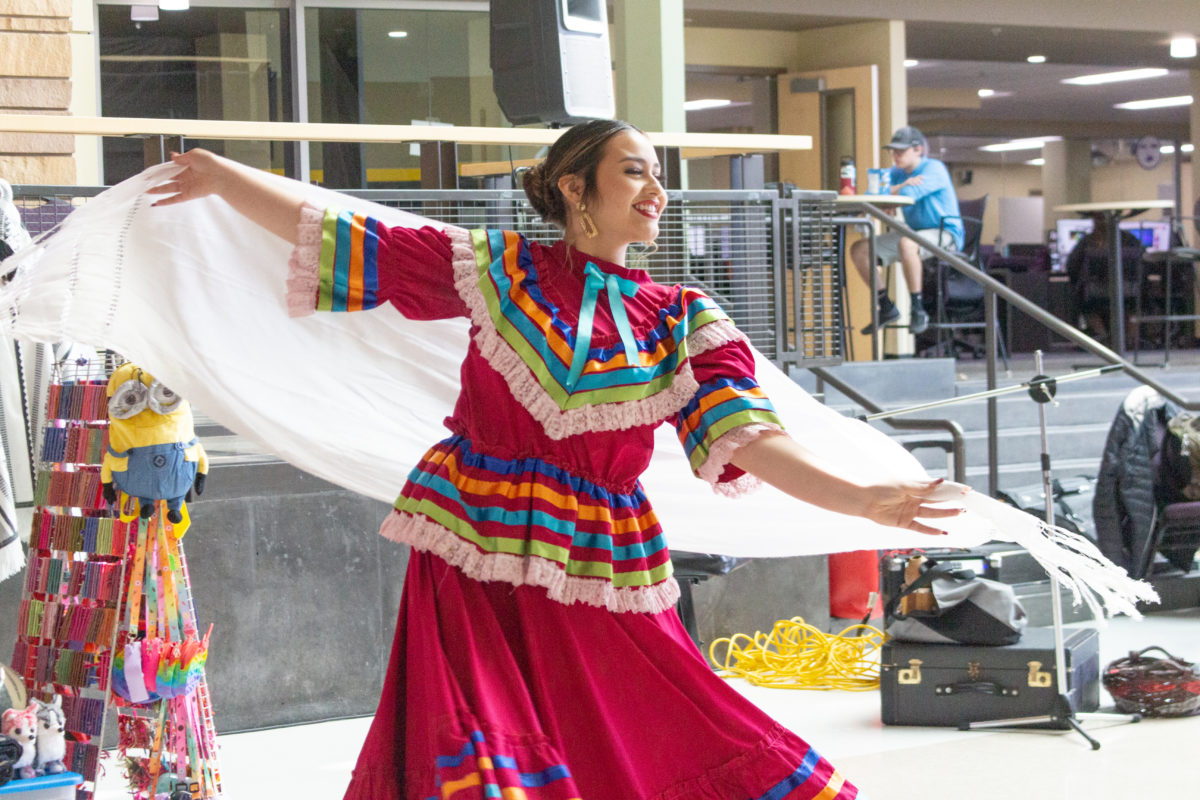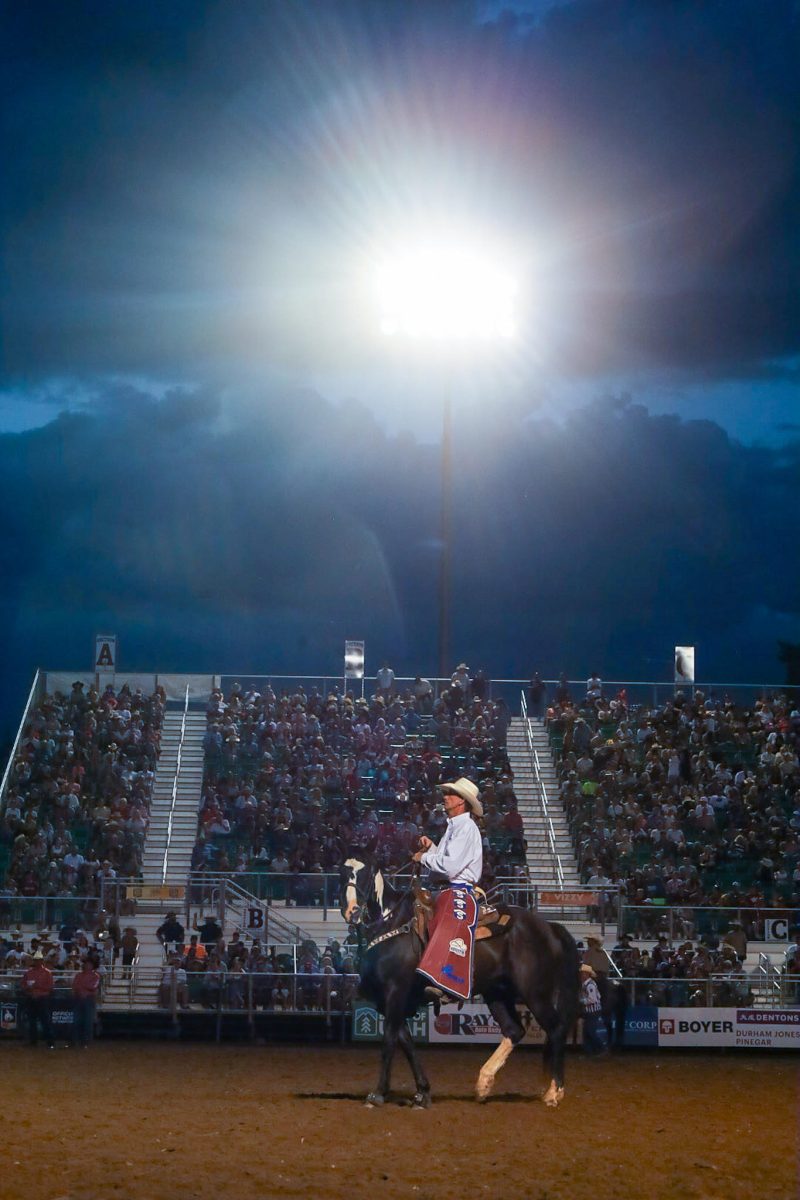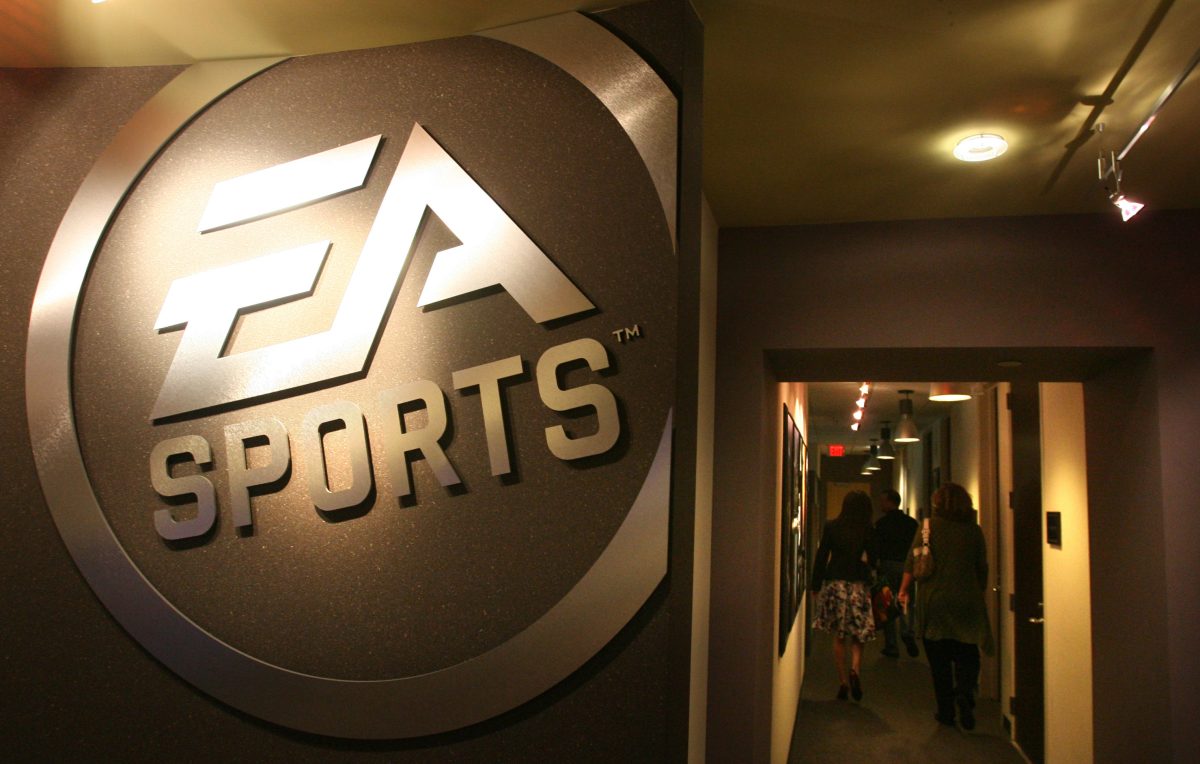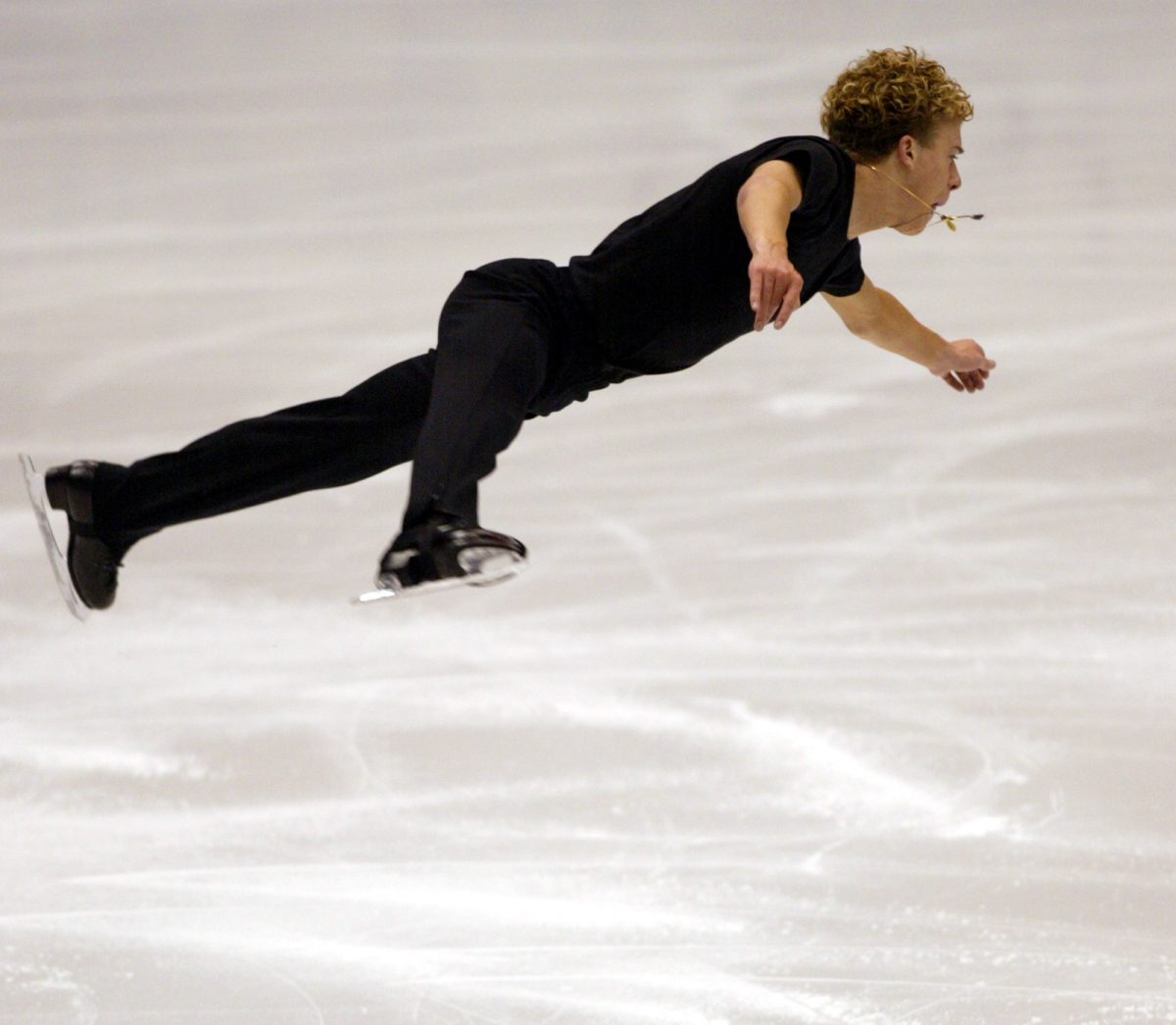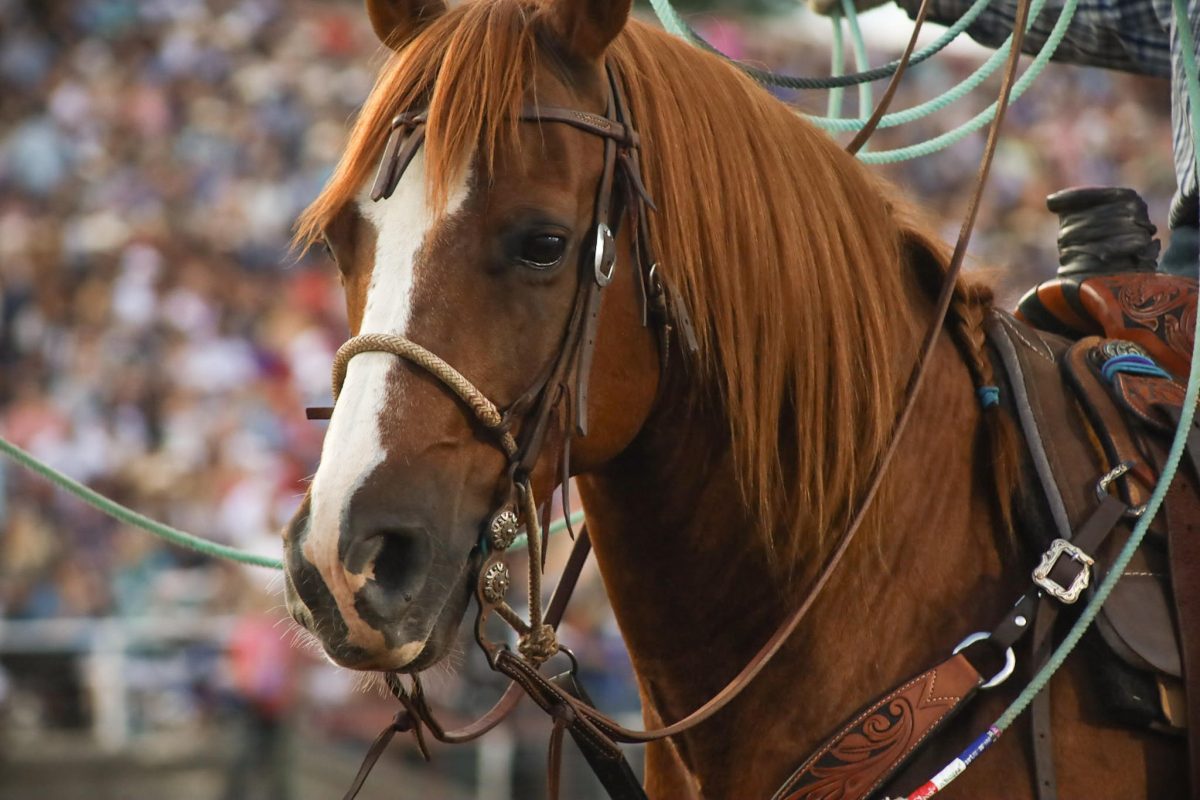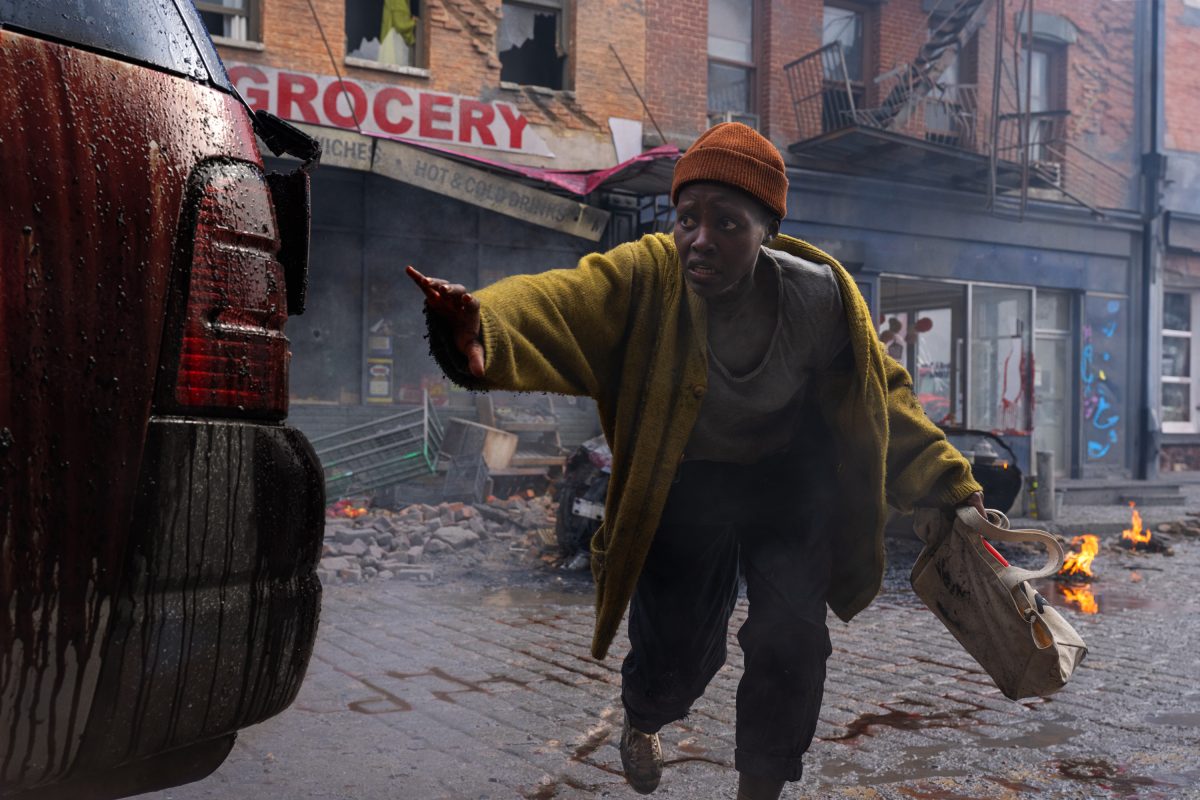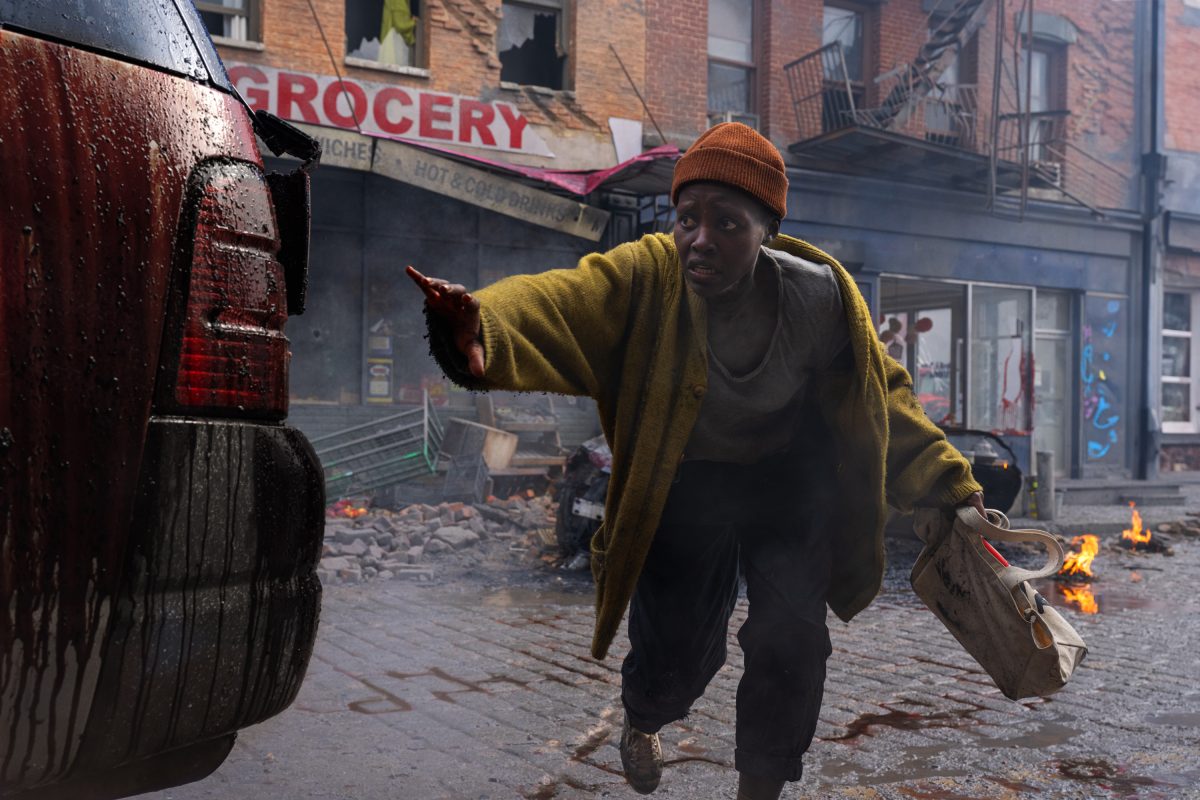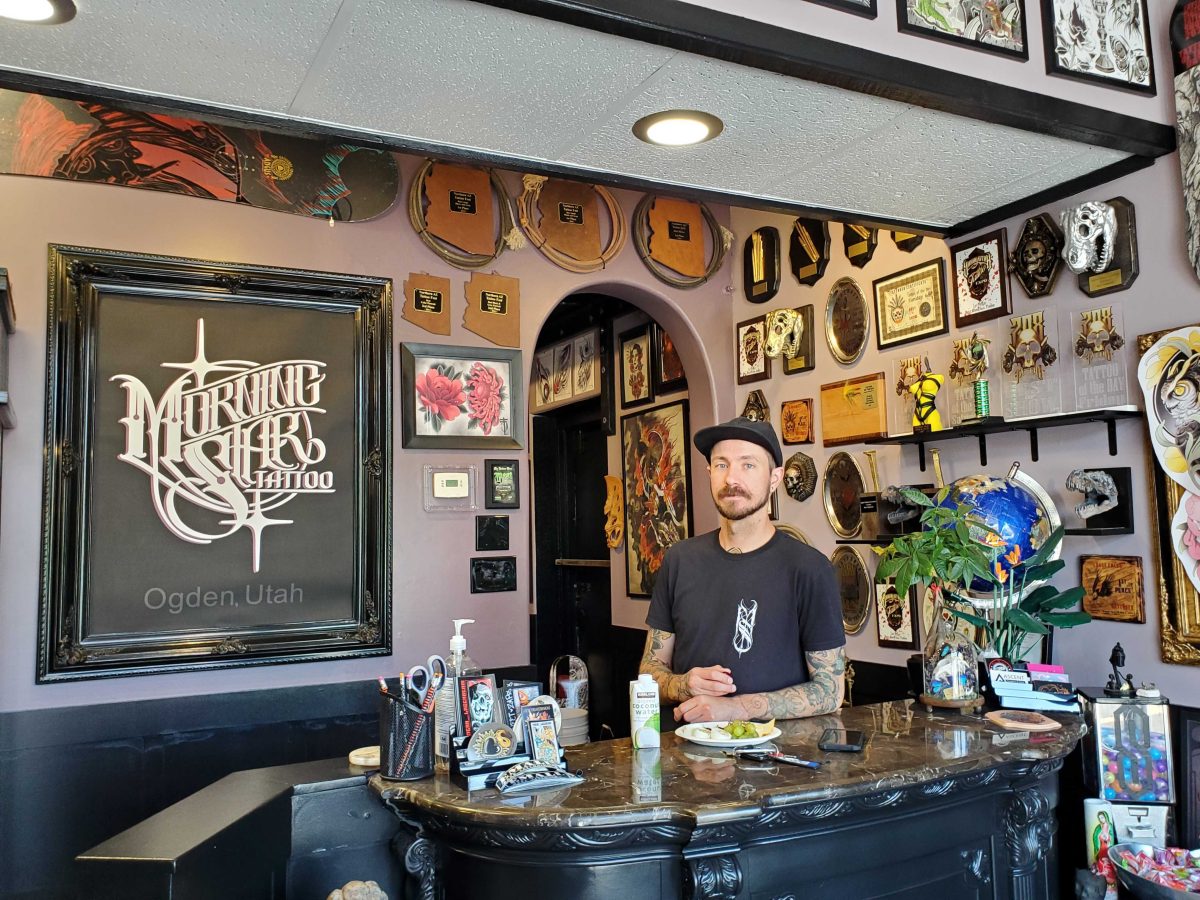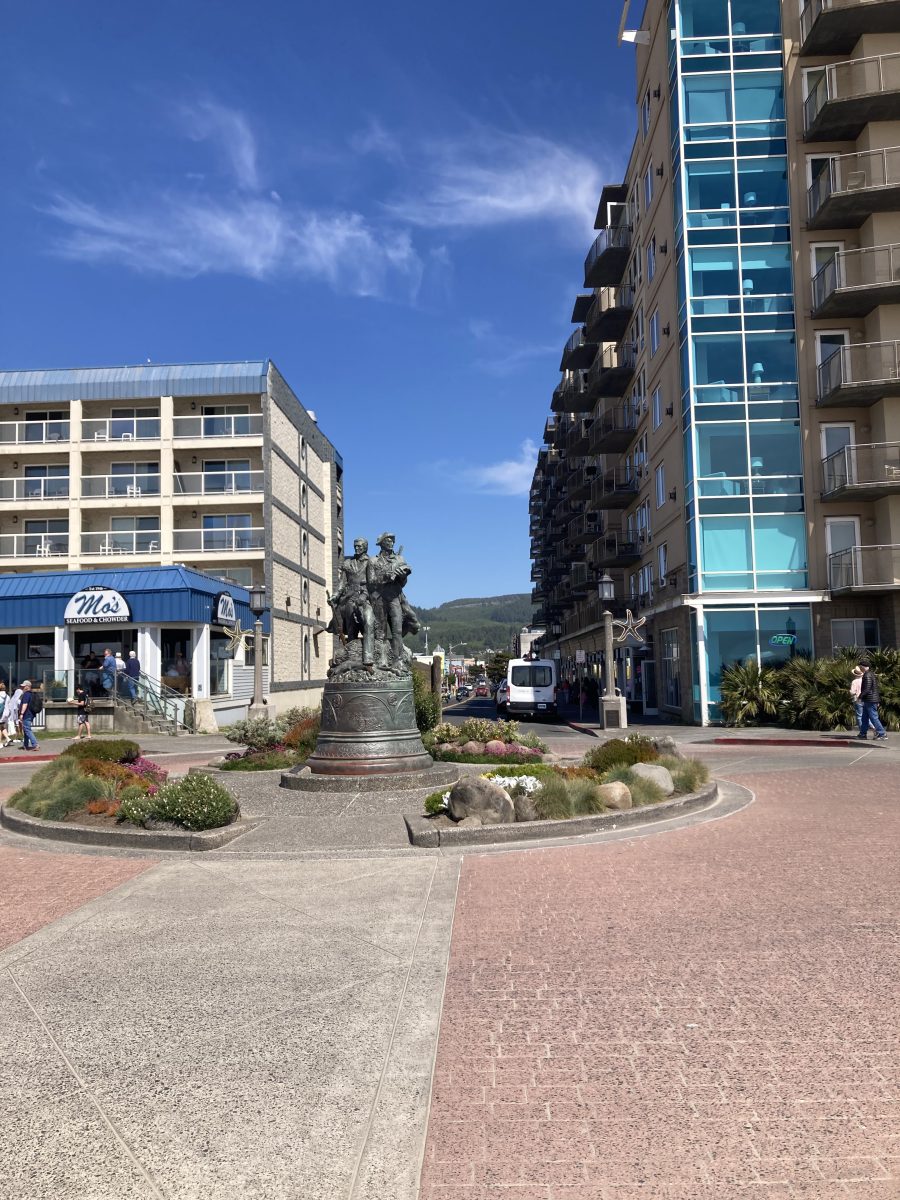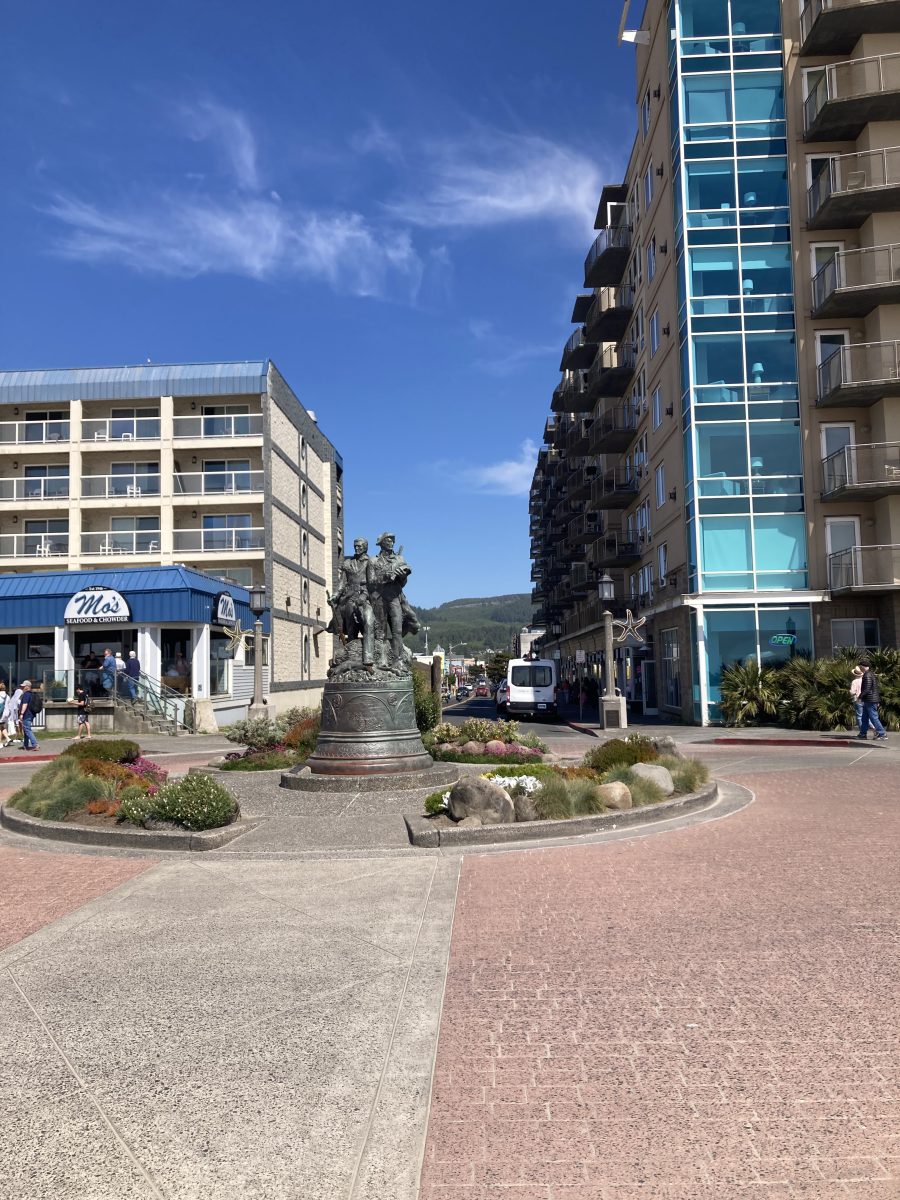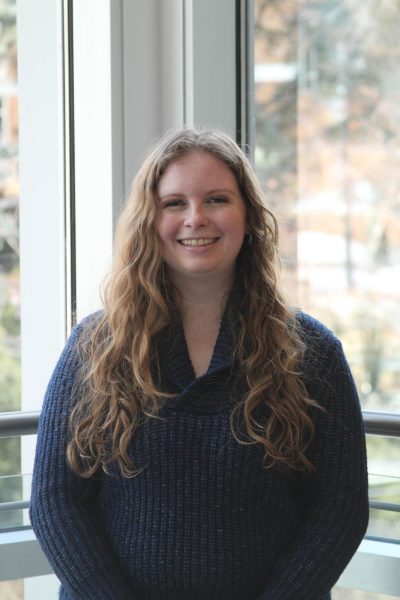The fall semester does not just mark the beginning of a new school year for some students, but the start of a new beginning for the cultural centers at Weber State University.
All five of the cultural centers will fall under an “umbrella term” known as Centers for Belonging and Cultural Engagement, which will be a term people can use to refer to all five cultural centers without having to name each cultural center, according to Tammy Nguyen, executive director for Access and Inclusion.
With CBCE being new to Weber State, the individual centers are still in the process of solidifying spaces for students to go. The only cultural center that has its own place on campus currently is the Black African Diaspora Cultural Center, which is located in the Shepherd Union building on the second floor in a room across from Einstein Bros. Bagels. The rest of the centers can be found in the Student Services building in room 150.
“While we are still looking for spaces for each of these centers to actually be, all of our resources and everything we are still doing can be found here in [room] 150,” Nguyen said. “All of our program managers are still housed here, so you can schedule appointments to meet with them. We are still planning for our academic calendar year for all of our events, we are still planning on having our graduations, college prep nights, we are still going to celebrate each culture in each month.”
Pan-Asian Cultural Center and the Pasifika Cultural Center
The Pan-Asian Cultural Center and Pasifika Cultural Center are two separate cultural centers, formerly one combined center. Lulu Faumui-Latu-Peters is the program manager for the Pasifika Cultural Center and interim manager for the Pan-Asian Cultural Center. Faumui-Latu-Peters will be working as the program manager for both of the cultural centers until someone else can be hired for the position as Pan-Asian Program Manager.
According to Faumui-Latu-Peters, Weber State University will be the first in the state of Utah to have both a Pasifika Culture Center and a Pan-Asian Culture Center.
“It’s very much necessary and needed to be able to have these students who oftentimes come on campus and struggle to find themselves to know there is a space where they don’t have to struggle to find identity and that we are here and ready for them to be able to come to college,” Faumui-Latu-Peters said.
Some events students can look forward to in the Pan-Asian cultural center is the Mid-Autumn Festival, which is on Sept. 29. This event will be held by the students within the Asian Student Involvement Association at WSU and will be an opportunity for people to educate themselves on what Mid-Autumn Festival is all about.
In the spring semester, ASIA holds a Pan-Asian Awareness week that is usually held during the first week of February. This is a week-long event with activities held every day for students and community members to participate in.
For the Pasifika Cultural Center, there is a student organization on campus called the Ohana Association.
“We are a part of what’s called the Utah Pasifika Intercollegiate Association, which is a state-wide association to kind of help all of the institutions come together and create a pipeline to support one another in each of our events, but also to come together to celebrate a bigger event called the intercollegiate showcase of many islands in a common sea,” Faumui-Latu-Peters said. “Each institution is assigned an island to perform, and we all come together at the hosting institution to perform at this bigger event.”
According to Faumui-Latu-Peters, WSU was the first institution to bring this event back and hosted the event for the first few years. Utah Valley University will be the host for this year’s intercollegiate showcase of many islands in a common sea, at this event WSU will be expected to represent the island of Tahiti.
Practice for this event starts in the spring semester, according to Faumui-Latu-Peters. The Ohana Association usually performs in mid- or late-March.
Before the intercollegiate, there will be a Pasifika leadership conference called the intercollegiate kickoff event, which usually lasts two days and is an overnight event, but has expanded so much the event has had to be turned into a three day event, according to Faumui-Latu-Peters.
For the Pasifika leadership conference the Pasifika Cultural Center will be incorporating a junior and senior day to connect college students with juniors and seniors throughout the state of Utah in order to get them excited about college.
Hispanic and Latino Cultural Center
With the changes happening in each cultural center, the name of the center Hispanic and Latino Cultural Center is not permanent and is expected to change, according to Monica Rodriguez, the program manager of the Hispanic and Latino Cultural Center.
“Everything is new,” Rodriguez said. “We are in a construction phase and the building phase. It has been a very busy summer with a lot of conversations, plugging in services and connecting students, having really rich discussions about how we can connect students through all the planning that is happening.”
The Hispanic and Latino Cultural Center has been putting their focus towards the fall semester to celebrate students heritage during Hispanic Heritage Month.
Hispanic Heritage Month will be celebrated from Sept. 15 to Oct. 15. This large event is meant to bring awareness, provide cultural competency and educate the campus community on the Hispanic and Latino Cultural Center and their heritage.
Native American Cultural Center
When it comes to creating the Native American Cultural Center, interim program manager Amanda Jones has been reaching out to other schools similar to WSU to see how they built their own cultural centers.
“I’ve been really just wanting to reach out to some of these other areas because although we are in different locations and we work with various different types of students, the dynamic these other Universities have is also very different than what we have,” Jones said. “So kind of taking little pieces of information from them, maybe seeing how their upbringing of their cultural centers, how we can kind of incorporate that into our area.”
One big event students can expect from the Native American Cultural Center include a Native American symposium through November to discuss land acknowledgements and go into more of what honoring native sovereignty is and what that means to Native Americans.
The Native American Cultural Center will also be holding an event known as the Indigenous Voices Pow Wow, last year the center hosted around 800 individuals and was held in the Dee Events Center, according to Jones.
Black African Diaspora Cultural Center
The search for a program manager for the Black African Diaspora Cultural Center will be starting soon, according to Nguyen.
According to the Black African Diaspora Cultural Center’s website, the center wants to “provide opportunities for the African American/Black students to explore their African American identity.”
Their website mentions how the center can test DNA to allow students to find their country and tribe of origin, allowing students to explore their family history.



